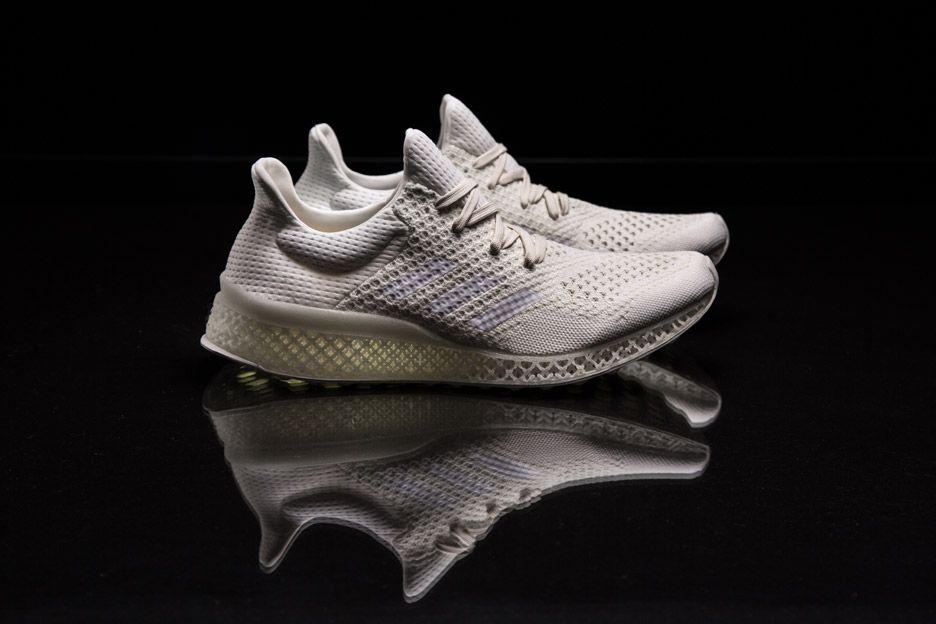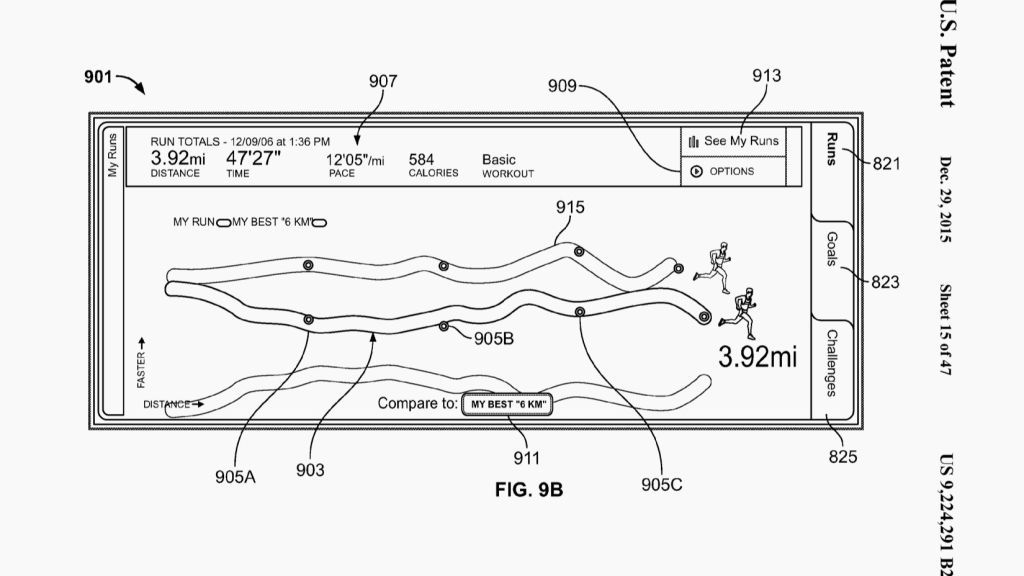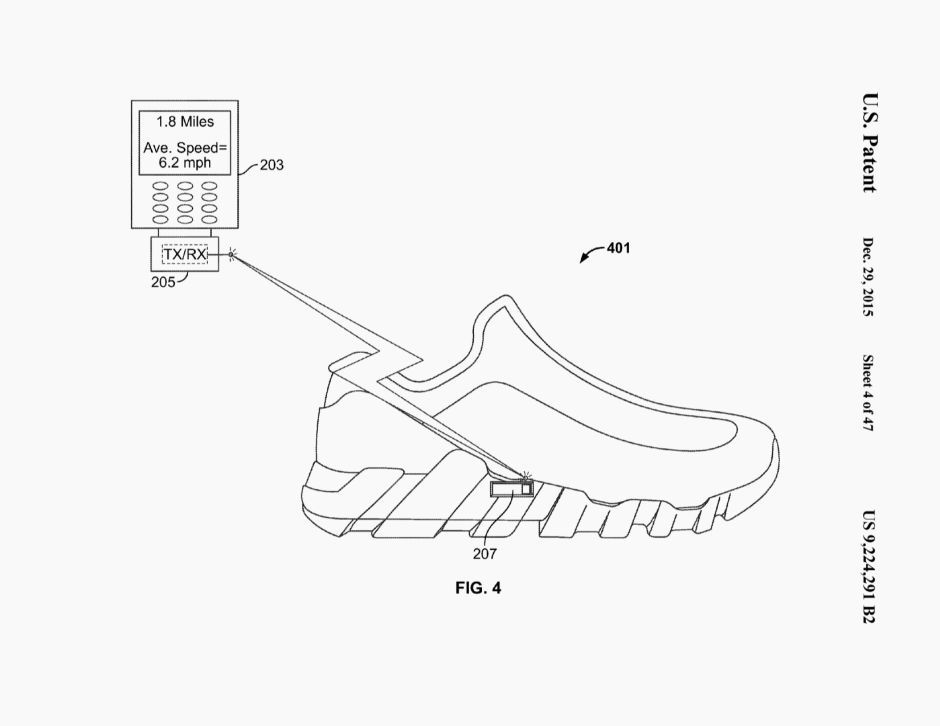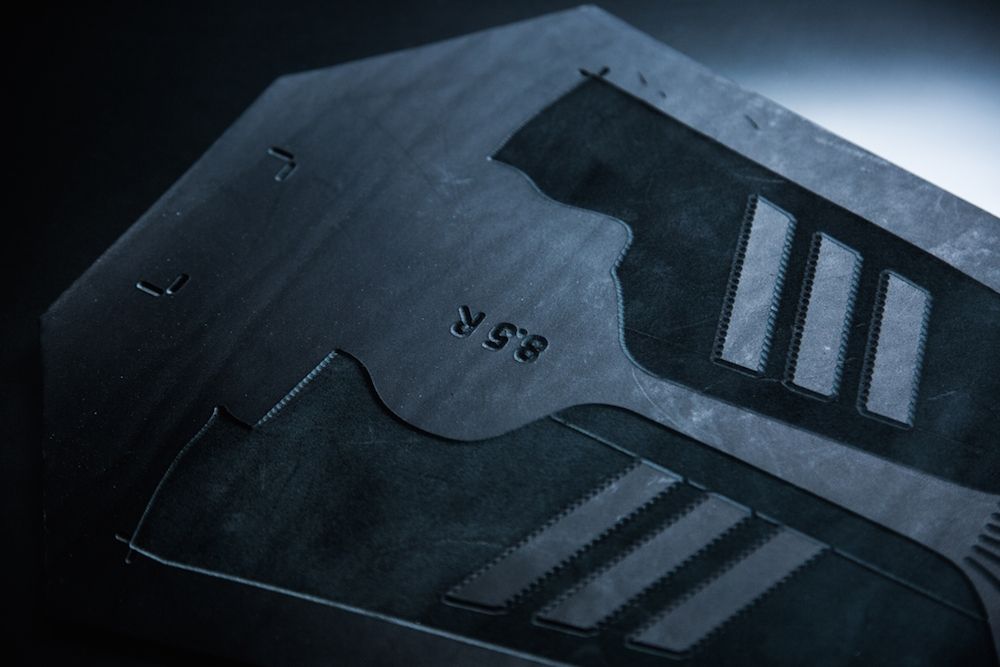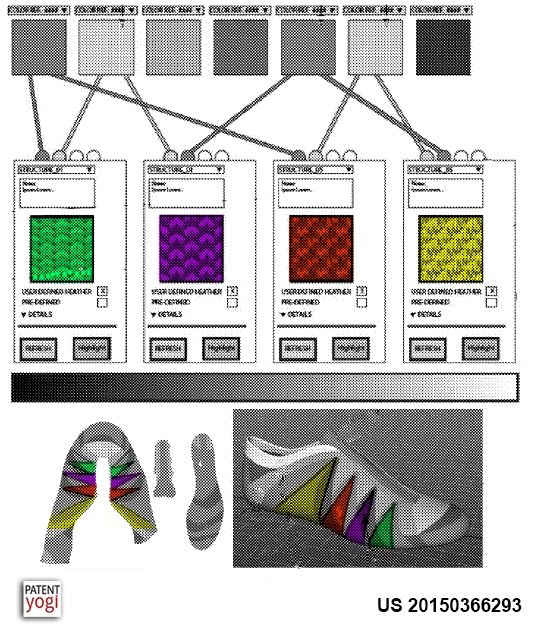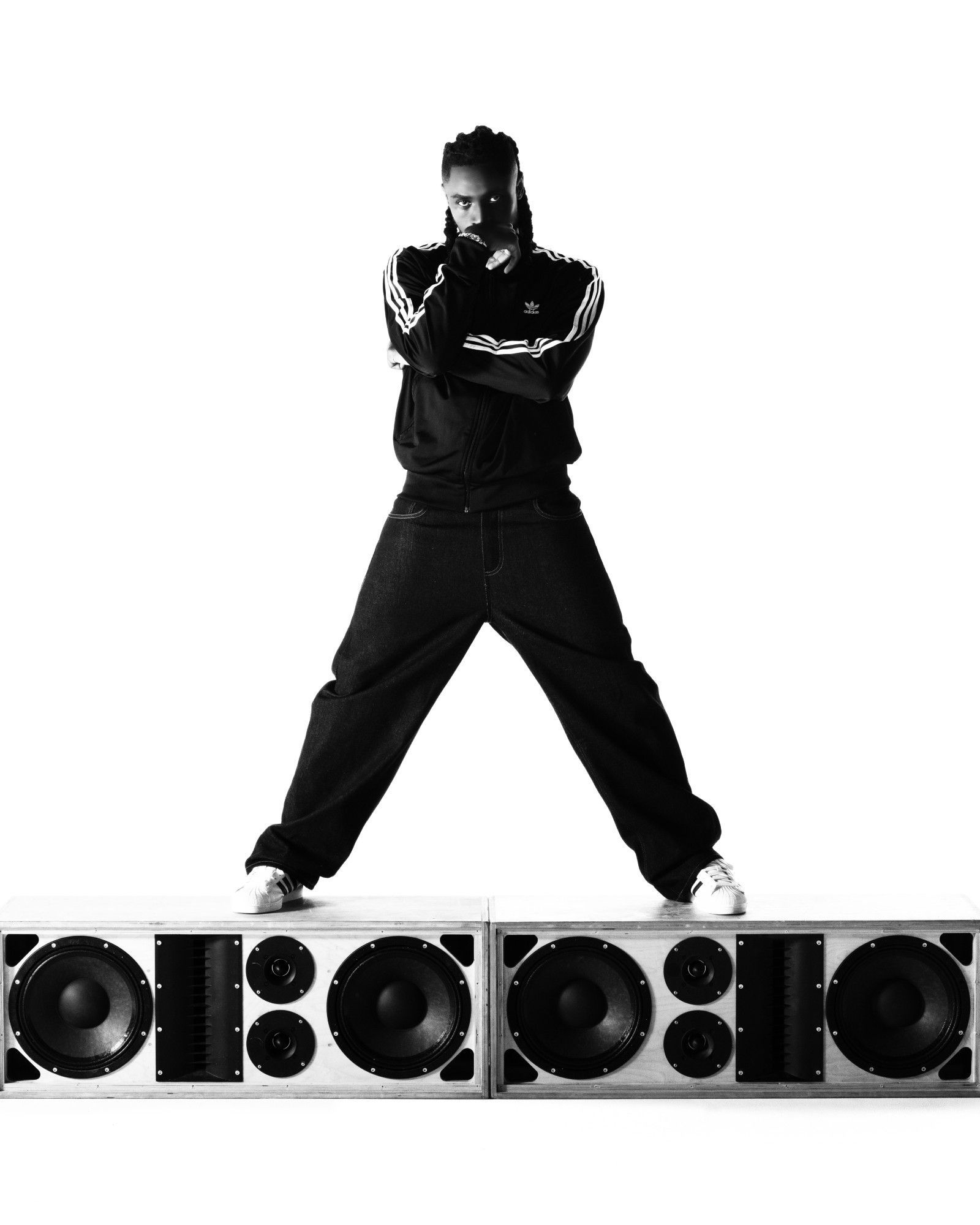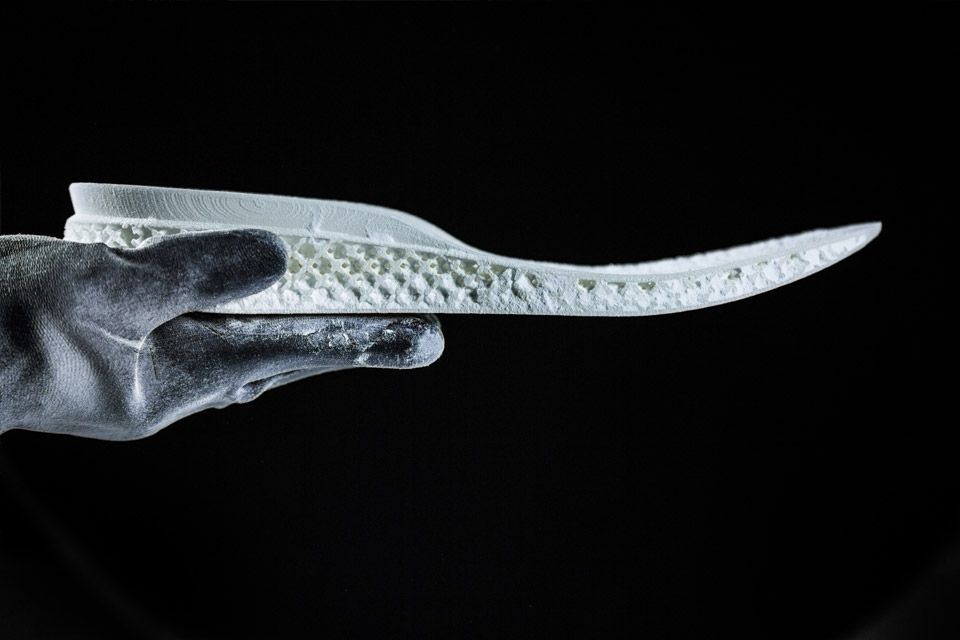
The future of adidas & Nike technologies in 2016 The year of customization
Innovation is a confusing and risky path, but fundamental to the survival of companies like adidas and Nike. Innovation goes beyond creating a simple product, it becomes a real experience.
Every year – every month, actually – footwear technology advances. Companies have to keep up with the continuous external stimulations, trying to adapt themselves and satisfy the consumers’ new needs.
Now the question is: will 2016 be the right year for all sneakerheads passionate about technology and design innovation?
adidas has shown its future intentions through the Futurecraft project, made possible thanks to a partnership with the European leader in the field of 3D printing, Materialise. The initiative is only in its infancy but shows the brand's commitment to innovation in all areas of production and its focus on the consumer’s needs.
This revolutionary concept aims to make the shoes completely adaptable to the anatomical features of the foot, considering the exact pressure points for a maximum performance. To realize the Futurecraft 3D runner, adidas’ creative team found out that the thermoplastic polyurethane, a material fairly new to the market, was perfectly suited seen its incredible flexibility and high resistance to tearing and abrasion. That's what makes a Futurecraft 3D midsole completely innovative, which allows a new concept of cushioning.
“3D-printed midsole not only allows us to make a great running shoe, but also to use performance data to drive truly bespoke experiences, meeting the needs of any athlete” said Eric Liedtke, a member of 'Adidas Group Executive Board and responsible for Global Brands.
3D printing technology is not new, but its continuous progress drives us to dream much bigger. The Futurecraft 3D is not just a shoe, is a new production process, an innovation that could revolutionize the entire market.
Last November, Adidas presented Futurecraft Leather, in collaboration with industrial designer Alexander Taylor and shoe designer Joachim de Callatay. It’s a 3D printing process that, with a single piece of leather, allows to create a seamless upper to provide greater flexibility. The model chosen for the presentation of this incredible innovation, on the occasion of the 45th anniversary of its creation, has been obviously the Superstar. The model was released only at Dover Street Market in Tokyo, London and New York with a limited edition of 45 pieces.
At the moment you will find just a few pieces for sale on eBay at a price ranging from 1,600 up to 3,000 euro… just saying.
Futurecraft is only the beginning and adidas promises to surprise us with other projects that will follow in the next months. "We have much work to do, let's be honest" said Liedtke. "The idea for now is to show what is possible and ensure that people join us. Ideally we should have produced limited - and I mean really limited - in the summer of 2016".
Nike is not new to innovation either. Through its countless experiments, the company keeps on proposing extremely subversive products.
The innovation for Nike is synthesized in four rules:
#1 To innovate, you have to go all out
#2 Anticipate the evolution of a product
#3 Involve your partners
#4 Evolve the company's acknowledge
Seeking to further solidify its reputation in the field of technology and innovation, Nike has recently filed several patents that show us just a glimpse of the future that awaits us.
With the first patent (US 20150366293) any person in the world could have the opportunity, not only to create their own one and only combination of pattern and color of the Fliknit upper, but also to display the manufacture of the shoe step by step.
In this case, the process is very simple: once you have selected the parts and features of the shoe, is made a transmission to the knitting machine that starts the whole process. The entire operation is then displayed from the user, made participants to 360 ° even on the availability of the materials, with the impression to design physically the production of a unique item of footwear.
Remember that currently Nike let you customize some elements of its sports shoes with its program Fliknit Nike iD, but not at the yarn level.
With the second patent (US 9224291) Nike shows us a “smart” sneaker able to measure parameters such as speed (acceleration and deceleration), direction of movement, and burned calories, thus capturing the entire performance to the smallest detail.
Nike could use this information to create a running route, allowing you to set goals. While most people appreciate the importance of exercise, much more hardly find the motivation required to maintain a regular schedule. With this sneaker you can set goals such as the distance and the speed needed, monitoring regularly their performance. This information can also be shared with other users and make a comparison of the various performances, so as to create the necessary healthy competition in sport. This way you can provide the positive feedback from each athlete in order to inspire the future performances.
With the third patent (US 9216552) Nike discovers how to place a photo-realistic 3D display on the shoes. 3D printing has revisited the litophane creating a new concept of three-dimensional photographic images, from which Nike was inspired.
The litophane works if backlit, which could be a problem for the sneaker, because of the little space to include a light source. But above all, given the rigidity of litophane, it may be difficult to incorporate it into a very flexible object . Fortunately, the technology patented by Nike doesn’t need the backlighting use.
Both companies want to attempt their capacity for innovation, trying to differentiate themselves and create wonder among the consumers.
We hope that, in the near future, we won’t have to renounce to these sneakers affordable price because of their 3d printing and customization.











































